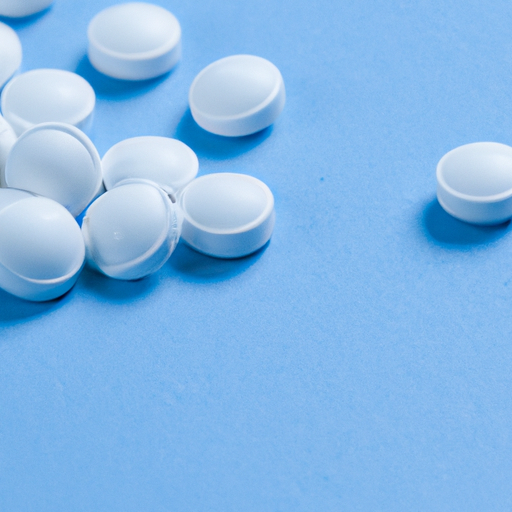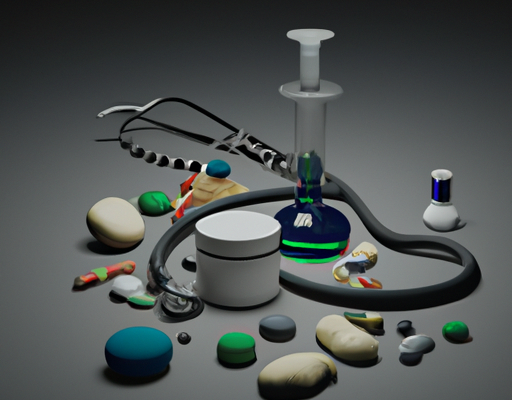Definition of contact dermatitis
Contact dermatitis is a form of skin inflammation that occurs when skin is exposed to irritants or allergens. It is sometimes referred to as occupational dermatitis because it is often caused by exposure to certain chemicals, such as those found in certain soaps, detergents, and solvents. Symptoms of contact dermatitis include redness, itching, burning, and sometimes blisters and scabs, often on the hands, arms, and face. The severity of the reaction depends on the individual, and how long the contact lasted. Treatment typically involves topical corticosteroids and the avoidance of the allergen or irritant. In some cases, over-the-counter antihistamines may be effective, but it is best to talk to a doctor about the diagnosis and any possible treatments.
Causes of contact dermatitis
Contact dermatitis is a skin condition caused by an allergic reaction to something coming in contact with your skin. Common allergens that can cause contact dermatitis include certain metals like nickel, rubber and latex, fragrances, and certain soaps, detergents, and even plants. Other common causes of contact dermatitis include exposure to irritants like harsh chemicals, detergents, or extreme temperatures like hot or cold weather. Allergic contact dermatitis is a reaction to an allergen, such as a chemical, a plant, or an insect bite. Irritant contact dermatitis is a reaction to an irritant, such as a chemical, a plant, or an insect bite. The most common symptoms of contact dermatitis include itchy, red, scaly skin and small bumps or blisters. In severe cases, your skin may be damp, swollen, and covered with thick, cracked, and oozing scabs. Treatment for contact dermatitis often entails avoiding the allergen or irritant that caused it, as well as using topical corticosteroids and other medications to reduce inflammation and ease discomfort.
Symptoms of contact dermatitis scabs
Contact dermatitis is an irritating skin condition that can cause red, itchy blisters and scabs on the affected area of skin. Scabs can form as part of the body’s natural healing process and often occur in areas where the skin has been scratched or damaged due to contact with an allergen. Common symptoms of contact dermatitis scabs include intense itching and a burning sensation in the affected area, as well as red bumps or patches that may ooze fluid or become scaly and flaky. The area around the scab may also become swollen and sore. If the condition is left untreated, the area may become infected. To help manage contact dermatitis scabs, it is important to identify and avoid any substances or substances that may be causing the reaction. Applying a cool compress to the area and taking over-the-counter antihistamines may also help to reduce itching and irritation.
Treatment of contact dermatitis scabs
Treating contact dermatitis scabs depends on the underlying cause. In general, most treatments focus on relieving the itching and inflammation associated with the skin condition. Here is a list of treatments for contact dermatitis scabs:
- Corticosteroid cream or ointment: Corticosteroids can reduce inflammation, itching, and other dermatitis symptoms.
- Antihistamines: Antihistamines can reduce itching and swelling associated with contact dermatitis.
- Antibiotics: If the contact dermatitis is caused by a bacterial skin infection, an antibiotic may be prescribed to treat the infection.
- Moisturizing creams or ointments: Keeping the skin hydrated can help to soothe the itch and reduce the amount of scabbing.
- Light therapy: Exposure to ultraviolet light can help to reduce inflammation and itching.
- Phototherapy: This treatment uses ultraviolet to reduce inflammation, redness, and itching.
These treatments can help to reduce the symptoms of contact dermatitis and promote healing. However, it is important to speak with a doctor or healthcare provider before starting any treatment. A doctor may be able to identify the underlying cause of the scabs and recommend a specific course of treatment.
Prevention of contact dermatitis scabs
Preventing contact dermatitis scabs is key to maintaining healthy skin. Firstly, it is important to identify the common triggers of the condition, such as soaps, cosmetics and fabric cleaners, so that these products can be avoided. Furthermore, wearing protective gloves when dealing with harsh cleaning products, such as bleach and detergents, is essential. Ensuring skin is moisturized on a regular basis and regularly wearing breathable fabrics is also beneficial. For those prone to contact dermatitis, it is recommended to consult a doctor or dermatologist in order to gain expert advice on what products to avoid and how to best care for the skin. Taking these preventative steps will help to keep contact dermatitis scabs at bay and help to maintain healthy skin.





No Comments